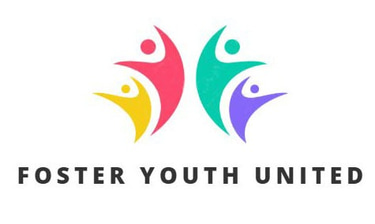About Foster Youth United
About Foster Youth United:
We aim to connect communities with foster and underprivileged youths in our community through regular sports clinics to promote community involvement and provide foster youth with opportunities they deserve. We have built partnerships with various non profits, DCFS, community members and coaches to provide sports clinics every 2 months since 2024 and connect youths to local leagues who are interested in gaining skills more regularly.
We have established partnerships with various donors and non-profits to provide transportation to our events, catered food from local restaurants, coaches who work together to provide organized skills training sessions, educators who teach on various topics ranging from nutrition to mental health, and mentors who provide up to hundreds of hours of free mentorship for life, college and career planning. Our generous partners share their gifts and talents not only our foster youth but caretakers of foster youth as well.


On any given day there are nearly 438,000 children and youth in foster care.
Nearly 110,000 are waiting to be adopted, waiting year after year for their forever home.
For children in foster care, the government invests less than 50% of what it costs to raise a child.
Any resource, experience or opportunity beyond a basic need is not required to be provided.
Approximately 25,000 youth age out of foster care every year and must be financially and emotionally self-sufficient by as young as 18.
Given the facts, it is not surprising that within four years of aging out
70% will be on government assistance.
50% will be unemployed.
50% will experience homelessness.
25% will not have completed high school.
Less than 12% will every earn their college degree.
